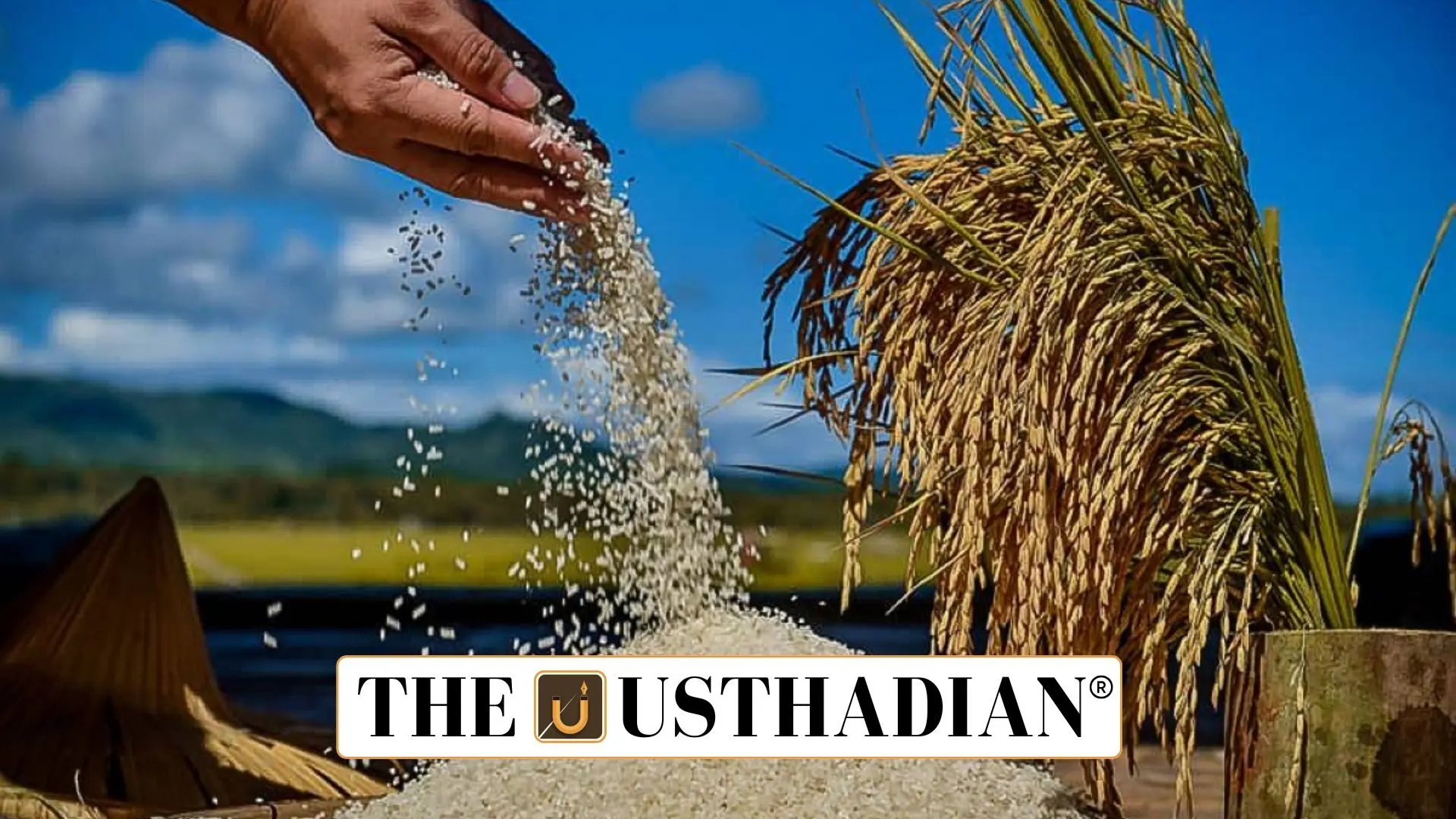Government Support Makes Rice and Wheat the Top Choice
India’s Rice-Wheat Shift: What It Means for Farmers, Food Security and Sustainability: Over the last decade, farmers across India have steadily moved towards rice and wheat cultivation. Why? A big reason is the Minimum Support Price (MSP) system offered by the Government of India. With this safety net in place, farmers are more confident in planting these crops. In fact, Punjab’s paddy area grew from 29.8 lakh hectares to 32.4 lakh hectares, while Telangana saw a remarkable jump from 10.5 to 47 lakh hectares. When a farmer knows their harvest will fetch a guaranteed price, it’s a safer bet.
Irrigation Boosts Farmer Confidence and Crop Choice
Another reason rice and wheat are booming is access to irrigation. These crops thrive in controlled water environments, unlike rain-fed crops that are more vulnerable to droughts. Take Madhya Pradesh, for example. Its wheat acreage jumped from 59.1 to 78.1 lakh hectares between 2015 and 2025. Farmers in irrigated regions choose rice and wheat not just for the profits, but also for predictable yields, which help them plan better financially.
Science Helps Crops Grow Smarter, Not Just Bigger
It’s not just policy or water – it’s also about science. Thanks to the Green Revolution and recent advances, rice and wheat are now higher-yielding than ever. The HD-3385 wheat variety, released in 2023, gives an average of 6 tonnes per hectare. Meanwhile, the Kamala genome-edited rice can produce 450–500 grains per panicle, helping increase total output. With such strong performers in the field, it’s no wonder farmers lean toward these options.
But Not All Crops Share the Same Spotlight
While rice and wheat have taken center stage, crops like cotton, chickpeas, and pulses are falling behind. In Punjab, cotton cultivation has sharply declined due to less policy support and minimal R&D progress. Pulses and oilseeds haven’t seen the same yield breakthroughs as cereals. This imbalance raises a red flag — without incentives or research, India’s crop diversity may suffer, which is risky for long-term food security.
Farming Smart: Productivity vs. Sustainability
Rice and wheat are great for food production, but they come with environmental costs. Excessive water use, soil fatigue, and monoculture practices are real issues. Some improvements are being made — for instance, the Kamala rice variety uses less water — but the larger challenge remains. Sustainable practices, like crop rotation, organic inputs, and precision irrigation, are now essential to protect both yields and the environment.
STATIC GK SNAPSHOT
| Indicator | Details |
| Major States with Growth | Punjab, Telangana, Madhya Pradesh |
| Key Crops | Rice and Wheat |
| Important Varieties | HD-3385 (Wheat), Kamala Rice (Genome-Edited) |
| MSP Policy | Assured prices for rice and wheat by Central Govt |
| Green Revolution | Introduced high-yielding rice/wheat in the 1960s |
| Key Concern | Decline in crop diversity and environmental stress |
| Sustainable Strategy | Irrigation efficiency, crop diversification, R&D |








